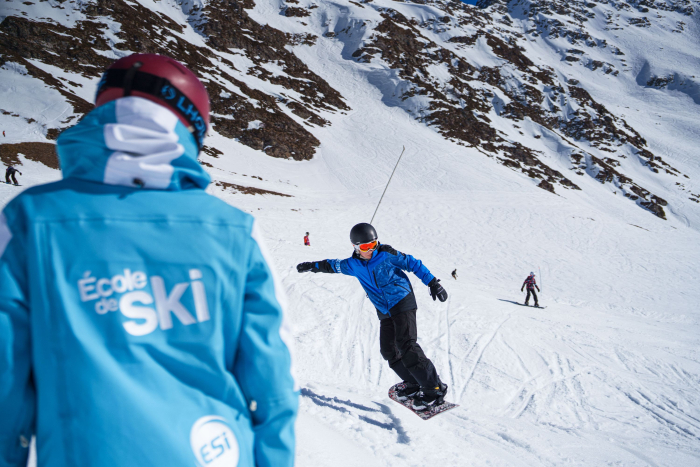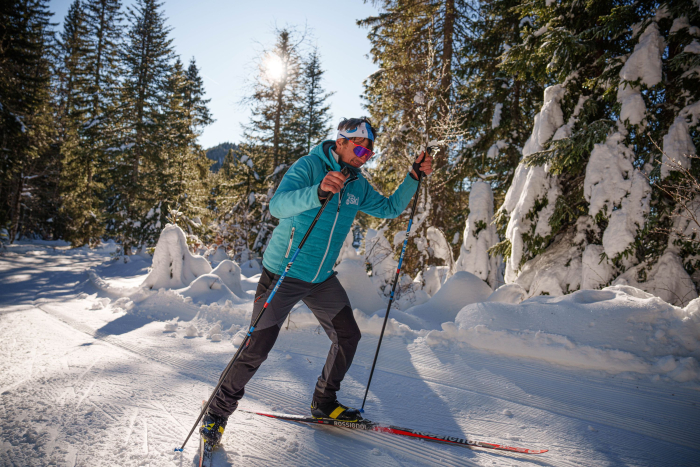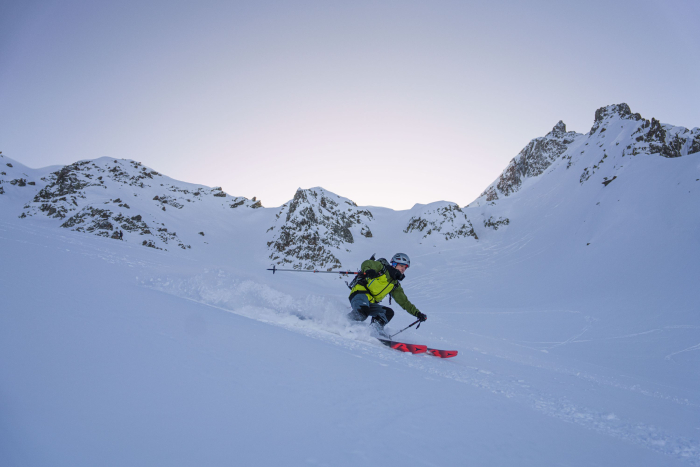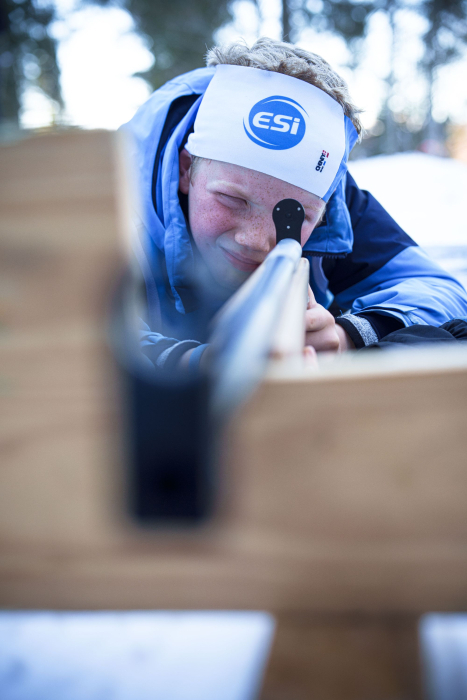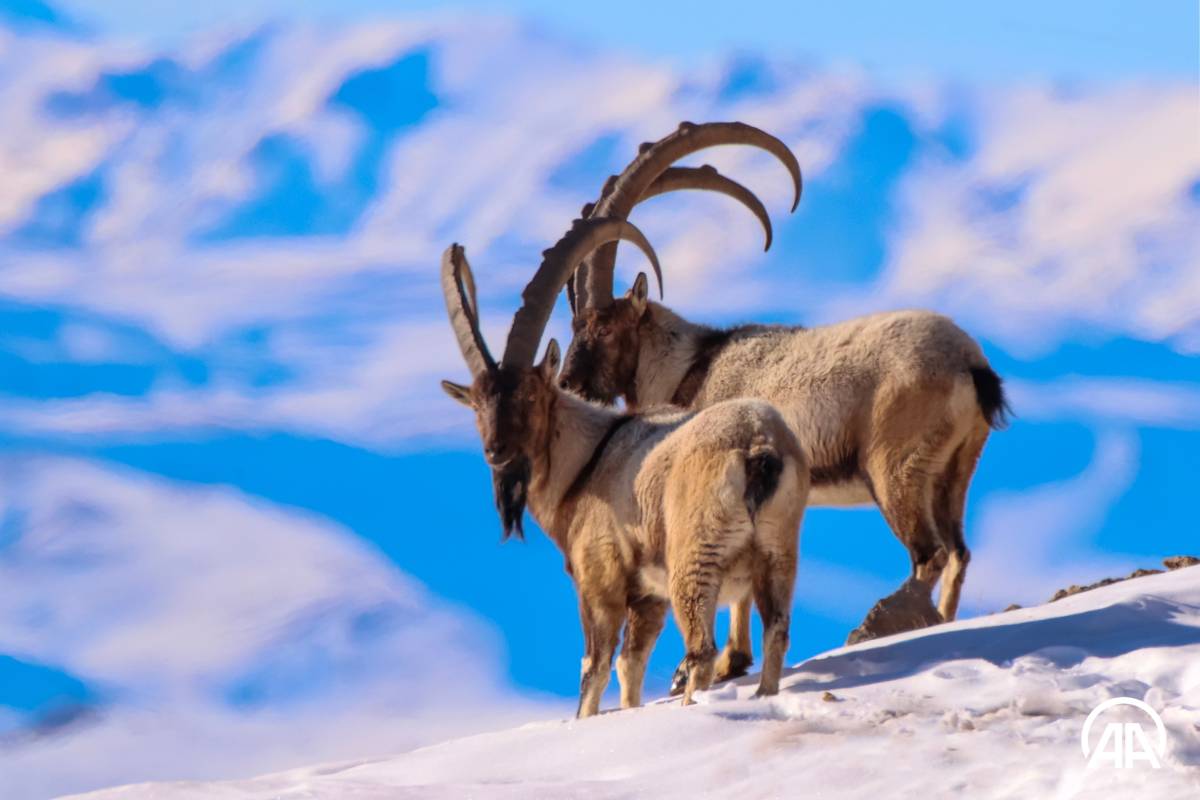Ibexes are mountain animals that live in the Alps and the Pyrenees. During the winter they have to cope with very low temperatures and heavy snow. To adapt to these difficult conditions, ibexes have developed several strategies.
The first means of survival for ibexes during winter is their thick, dense coat. Their hair is particularly dense on their backs and legs, which protects them from the snow and cold. They also have an imposing mane that protects them from the wind and cold.
In addition to their coat, ibexes have a special diet during the winter. They mainly eat leaves of certain shrubs and lichens, which are available all year round. They can also eat branches and bark of trees, as well as herbs and plants.
Ibexes also have a large reserve of fat under their skin, which they use as a source of energy when they cannot find enough food. This fat enables them to survive periods of food shortage, which can be frequent during the winter.
To protect themselves from the cold, ibex often seek shelter in forests or caves. They are also able to dig tunnels in the snow to protect themselves from wind and cold.
Despite all these adaptations, the survival of ibexes during winter remains difficult. Mortality is particularly high in young and old individuals, which have less resistance to the harsh weather conditions.
In summary, the life of ibexes during winter is far from easy. However, thanks to their thick coat, special diet and fat reserves, they manage to survive the freezing temperatures and heavy snow.
![ESI [Hiver]](/build/assets/images/logo_esi-winter.cbe060df..png)

